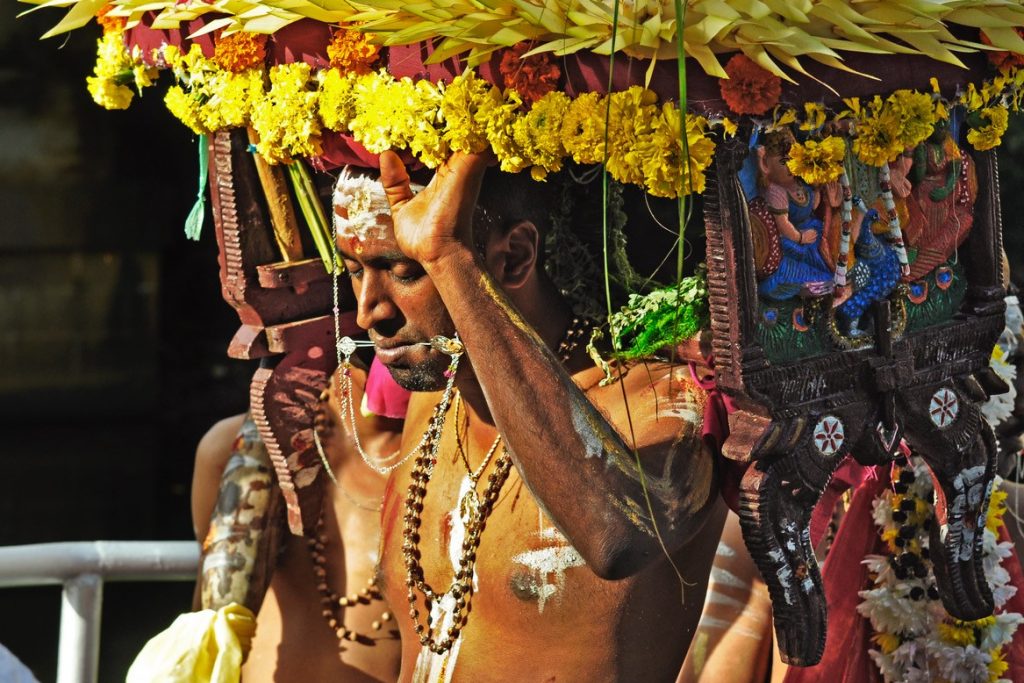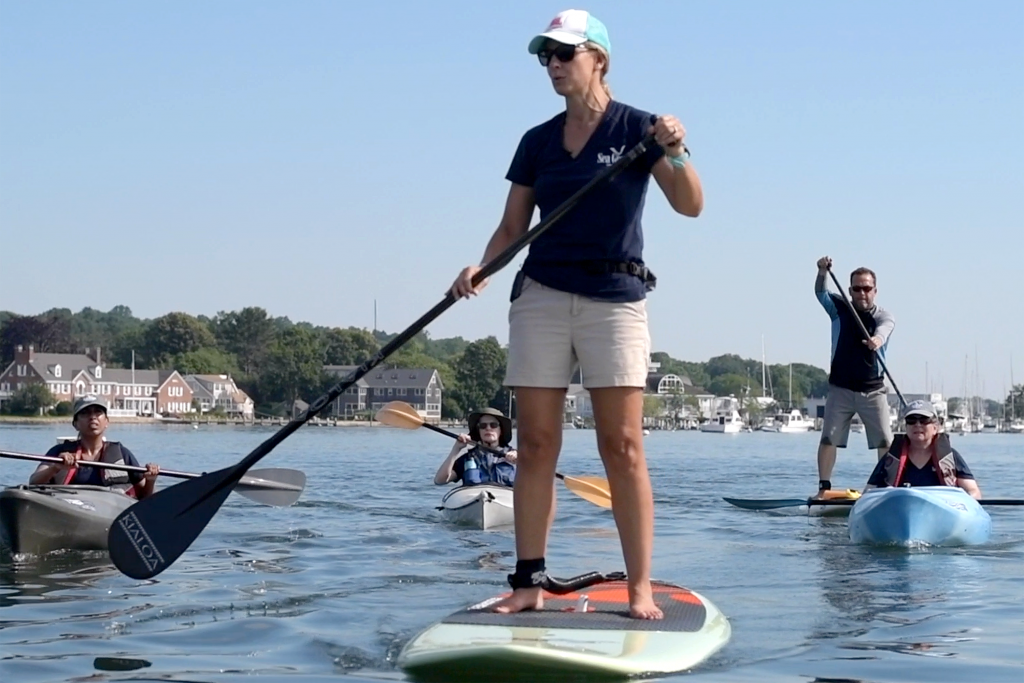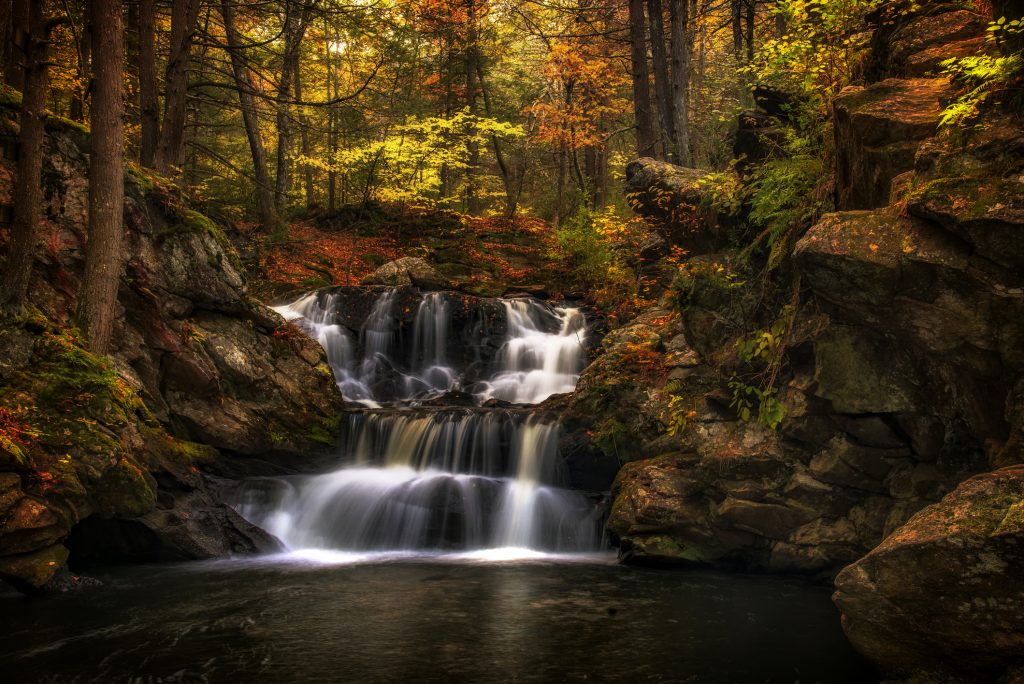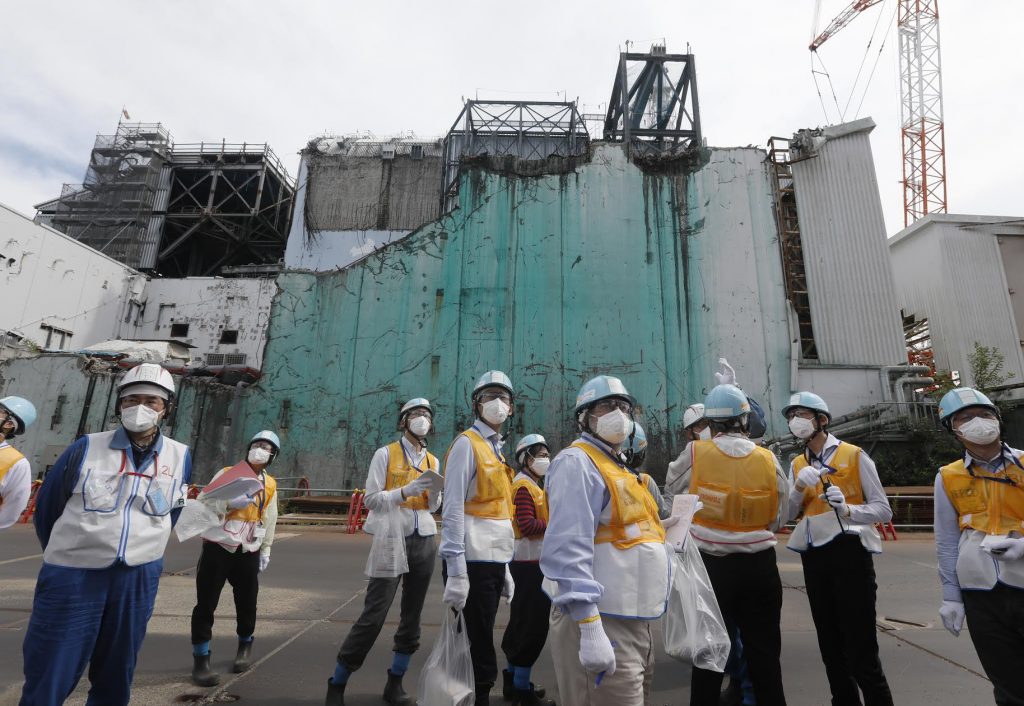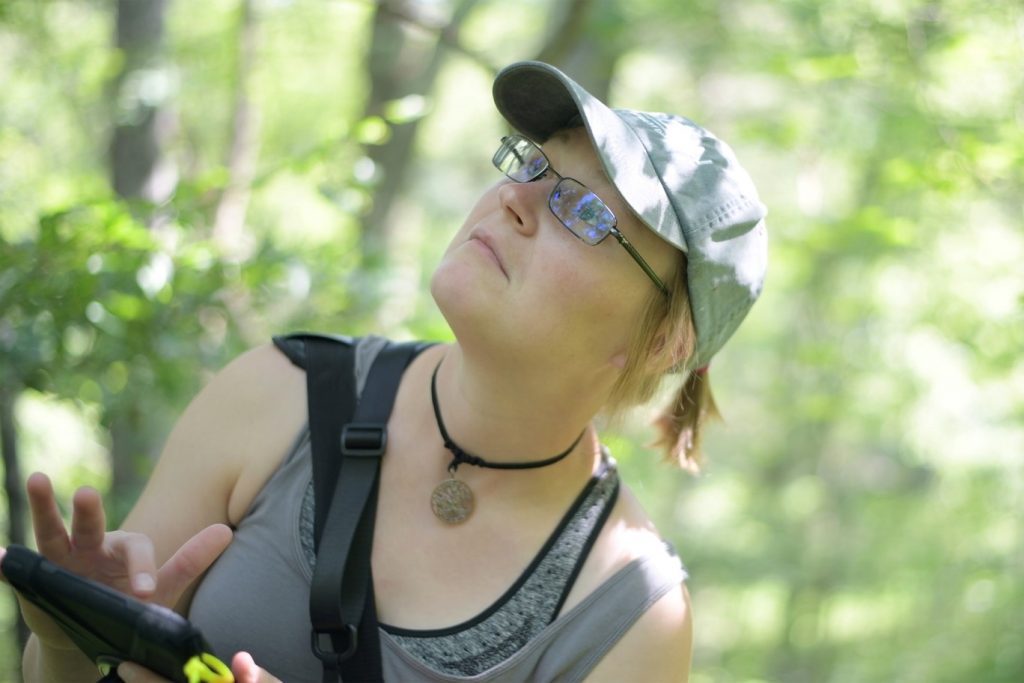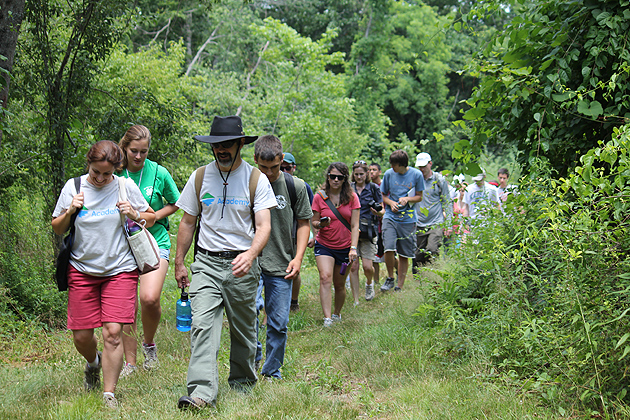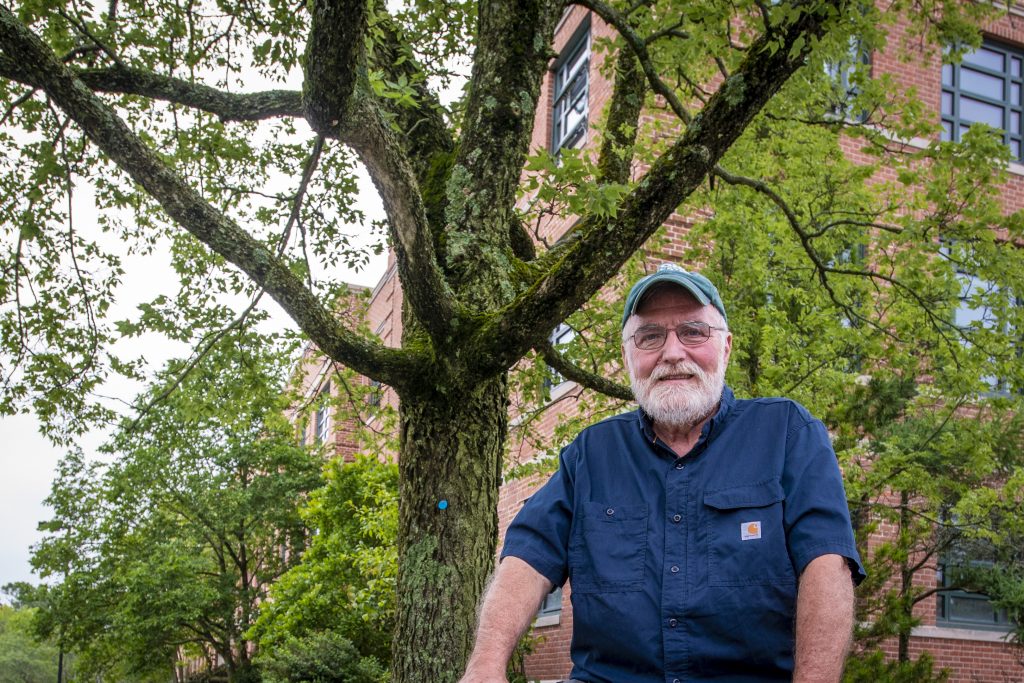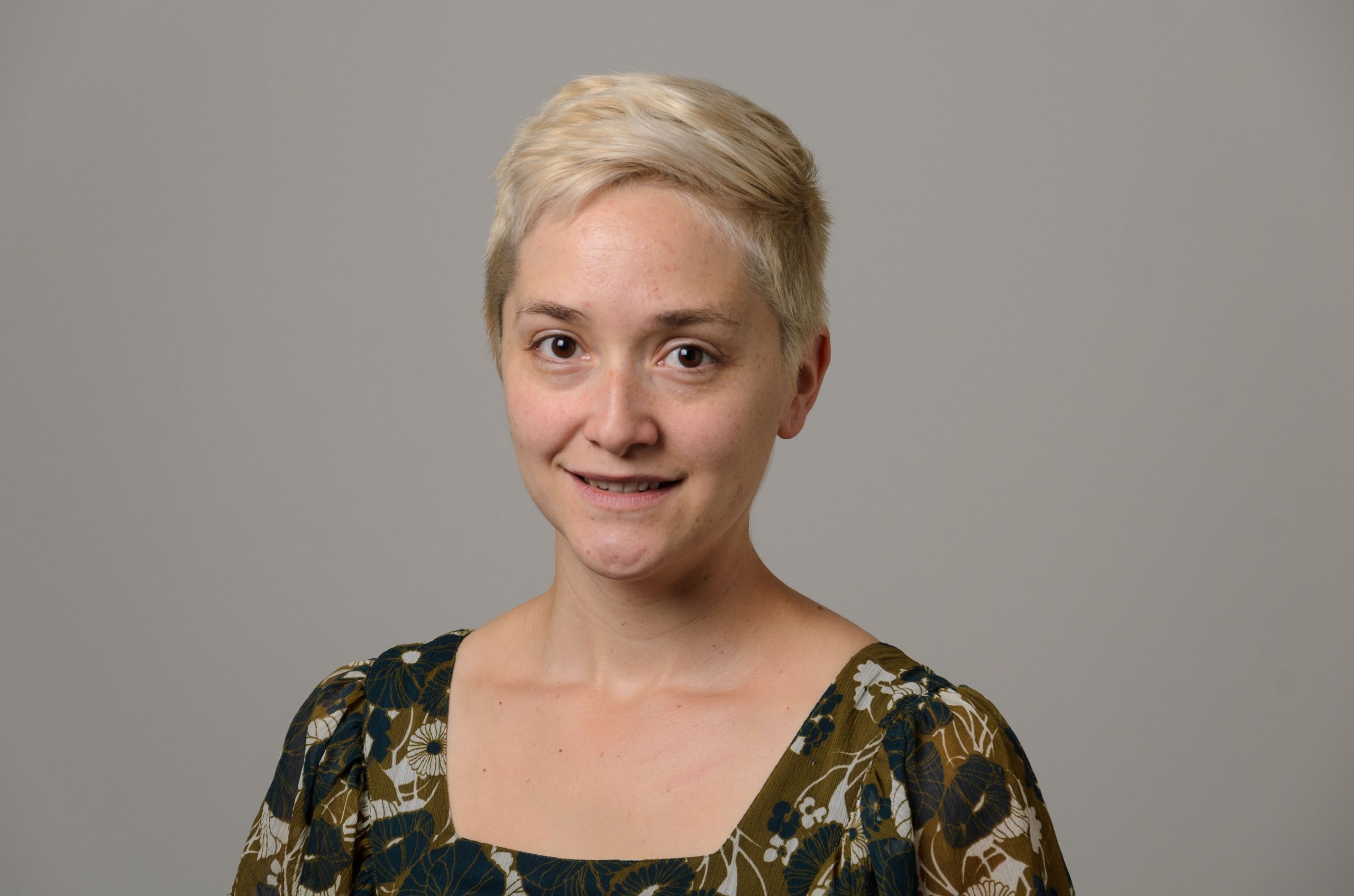
Elaina Hancock
Author Archive
Time-Saving Software in an Age of Ever-Expanding Data
The software developed by a UConn expert is currently being used for a massive undertaking involving all research papers on insects.
September 4, 2019 | Elaina Hancock
Study: When More Pain Means More Gain
Researchers found positive psychological outcomes and increased well-being in participants who performed an extreme annual ritual as part of a national celebration.
September 3, 2019 | Elaina Hancock
UConn Steers the Way to Shellfish Farms
Connecticut's coastline hosts a growing aquaculture industry, which UConn Extension educators promote alongside farmers of oysters, clams, fish, and seaweeds.
August 29, 2019 | Elaina Hancock
Structural Complexity in Forests Improves Carbon Capture
Researchers used light detection and ranging (LIDAR) to measure the locations of leaves throughout the forest canopy and determine how vegetation was arranged within space.
August 28, 2019 | Elaina Hancock, University of Connecticut, and Brian McNeill, Virginia Commonwealth University
Q&A: The Truth About Plastic
With plastic bags making headlines, Nicholas Leadbeater of chemistry provides some inside on the contentious substance.
August 22, 2019 | Elaina Hancock
Fukushima Disaster: Key Takeaways 8 Years Later
Eight years after the Fukushima nuclear disaster, a UConn researcher shares some surprising good news.
August 19, 2019 | Elaina Hancock
Yellowstone: A Landscape with Lessons
Yellowstone National Park and the UConn Forest look nothing alike but both speak to the same point: disturbances in the ecosystem drastically alter the landscape. Lessons from one may inform the other.
August 16, 2019 | Elaina Hancock
Op-ed: To Lower Drug Costs, End Prescription Coupons
A common prescription drug industry practice has the effect of driving up the cost of medication in the U.S., writes C. Michael White, professor of pharmacy practice.
August 8, 2019 | C. Michael White, UConn School of Pharmacy
UConn Launches Institute of the Environment
UConn's new Institute of the Environment creates a multidisciplinary initiative for charting a course to a more sustainable future.
July 26, 2019 | Elaina Hancock
Planting New Trees in the Wake of the Gypsy Moths
A good way to identify a new plant is by looking around your neighborhood or your property to see what is thriving, says Thomas Worthley, UConn Extension.
July 23, 2019 | Elaina Hancock

